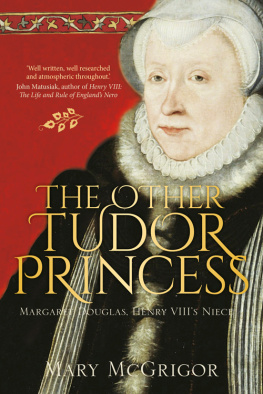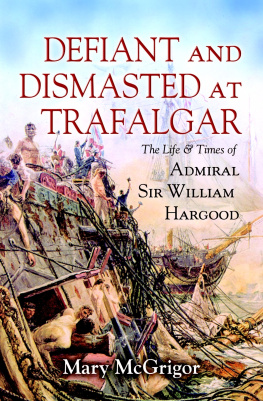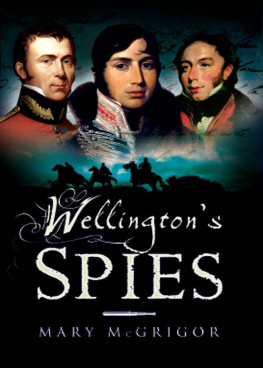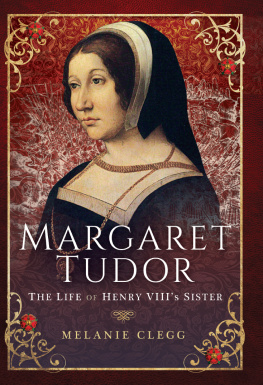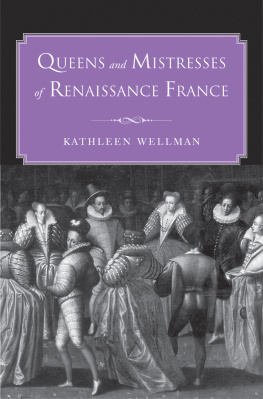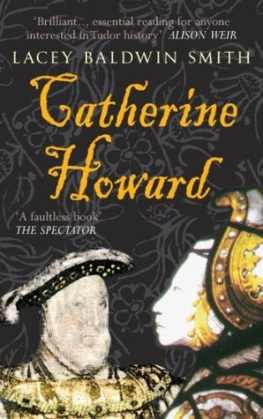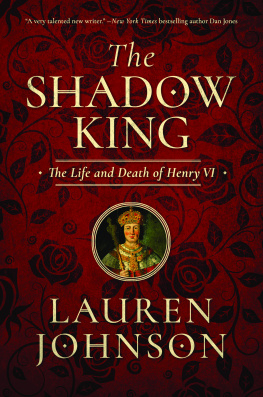

To Caroline, Sibylla and Sarah, with all my love.
My deepest thanks to all those who have so kindly helped me with this book: Adrian Gibbs, Deputy CEO of the Bridgeman Library; Sian Phillips, Account Manager of the Bridgeman; Maria Cristina Prvu of the Bibliothque nationale, Paris; Elizabeth Taylor of the National Portrait Gallery; Caroline Robot for translation; Sybilla McGrigor; Sarah McGrigor; Sophie Bradshaw, Naomi Reynolds and Katie Beard of The History Press; Rachel Bellery of Historic Scotland; Gemma Wright for images of Leeds Castle.
Contents

The House of Orlans

Family Tree Descendants of Edward III,
King of England

France after the Treaty of Troyes, 1420

The Thrones of England and France
during the late thirteenth, fourteenth and fifteenth centuries

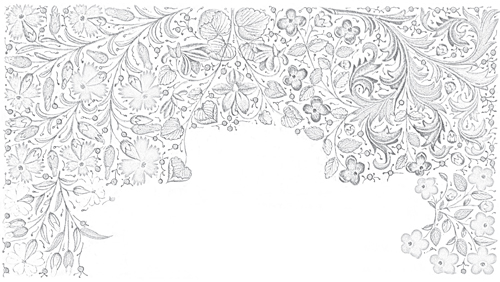
PART I
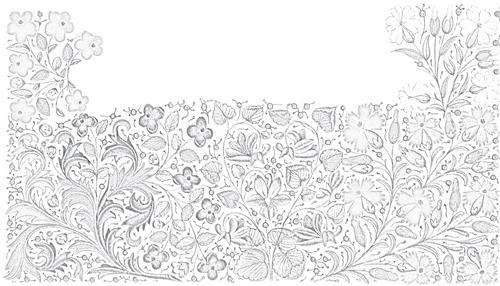
1

Paris 138993
I sabella was 3 years old when her father went mad.
Born in 1389, she was the third child and second daughter of King Charles VI of France and Isabeau of Bavaria, who herself was the eldest daughter of Duke Stephen III of Bavaria-Ingolstadt and Taddea Visconti of Milan. Paris was in a state of jubilation just previous to Isabellas birth. Her father, on reaching 20, had just come of age: his uncles regency had ended, and he was the ruler of France.
Becoming king on the death of his father, Charles had been only 11 years old, so France had been ruled by his four uncles for eight years. On his fathers side they were John, Duke of Berry; Philip, Duke of Burgundy; and Louis I, Duke of Anjou, the latter, being the kindest and wisest, having supervised the upbringing of both Charles and his brother Louis from the time of their fathers death. On the distaff side was Louis II, Duke of Bourbon, the brother of Charless mother, Jane of Bourbon.
Only 17 in 1385, Charles had still been underage when he met Isabeau, sent on approval as a possible bride when she was just 16. Delighted with her appearance (she had the dark skin and hair of her Italian mother and likewise her vitality), with typical spontaneity, Charles married her within three days. Since then Isabeau had lost a baby son and had a daughter who was a sickly child.
The queens coronation and entry into her husbands capital was postponed for four years until Charles attained his majority. It finally took place on Sunday, 22 August 1389. By then there was a joint cause for festivity, for five days previously in Melun (the fortress town some 25 miles south-east of Paris on a higher reach of the Seine) the kings brother Louis, Duke of Touraine and Count of Valois and Beaumont, had married the beautiful Italian heiress Valentina Visconti, daughter of Gian Galeazzo, Duke of Milan. The king was devoted to his brother, with whom he had much in common Louis was just as excitable, high spirited and addicted to pleasure as Charles. Soon, as the title became vacant, Charles would make him Duke of Orlans, granting him yet further estates.
Amongst the guests attending the ceremony was the King of Englands uncle, Lionel Duke of Clarence, who came as the representative of his nephew Richard II, who, too occupied with trying to control his unruly kingdom, was unable to attend. With Clarence came an ecclesiastic, a chronicler of the times Jean Froissart, or Sir John Froissart as he was known to the English. Born in Valenciennes, a town on the River Scheldt in Hainault, a province near the border of northern France and Flanders (Belgium in the present day), he was now in his fifties. His father, believed to have been a painter of armorial bearings, had no doubt wished his son to follow his career, but John, ambitious and perhaps bored with his home life, had contrived in his early twenties to obtain employment with Philippa of Hainault herself born in Valenciennes who had been married there by proxy to Edward III of England in 1327. Perhaps because he was a compatriot, or simply because she perceived his talent, the queen had encouraged the young clerk in her household to become the poet and historiographer of the court. Queen Philippa was now long dead, but thanks to the fame of his Mliador , a long Arthurian romance, Froissart now enjoyed the patronage of the Duchess of Brabant and other high-born ladies who believed him to be a genius of the age. That he was indeed greatly venerated is proved by the fact that he was ranked equal to the great Italian poet Francesco Petrarch and to the English Geoffrey Chaucer, the latter, by then at the advanced age of 67, being said to have been present at Charles and Isabeaus royal wedding.
On this occasion, even accustomed as he was to the great entertainments so beloved of medieval times, Froissart found that those following the wedding and the queens coronation so surpassed all that he had previously seen as to astonish him. Never were such elaborate festivities seen in this realm, he wrote, describing all that had taken place: There were so many people in Paris and round about that it was the most wonderful sight.
He goes on to describe how, in the town of Saint-Denis on the outskirts of Paris, an assembly of all the chief ladies of the nobility who were to accompany the queen and all the lords who were to escort the horse-drawn litters in which they sat, were gathered to form the procession which the frantically excited populace was waiting to see. There were 12,000 citizens of Paris, all mounted and ranged in the fields on either side of the route, dressed in tunics of green and scarlet brocade. First to appear was Jeanne the Queen Mother with her daughter, the Duchess of Orlans, borne in covered litters with an escort of barons. But they went no farther than the palace on the le de la Cit, where they joined the king.
Then came the great moment when Queen Isabelle of France (as Froissart spells her name), set off with her ladies, headed by the wives of the kings uncles, the Duchess of Burgundy and the Duchess of Berry, with numerous other titled women following in order of rank.
The older ladies had similar litters, so richly ornamented that nothing could have been added. Two of the younger ones, however, rode side-saddle (in those times, a contraption was used by which the lady, sitting sideways on the saddle, could rest both feet on a wooden platform below). One was Valentina Visconti, the new Duchess of Touraine. A tall and elegant girl of 19 mounted on a beautifully caparisoned palfrey, she was a joy to the public eye. The other was Jane of Boulogne, the 12-year-old second wife of the kings eldest uncle, the Duke of Berry who at 49 was totally smitten with his young bride. Those gathered to watch had a splendid view as all proceeded at no more than a walking pace.
Next page

